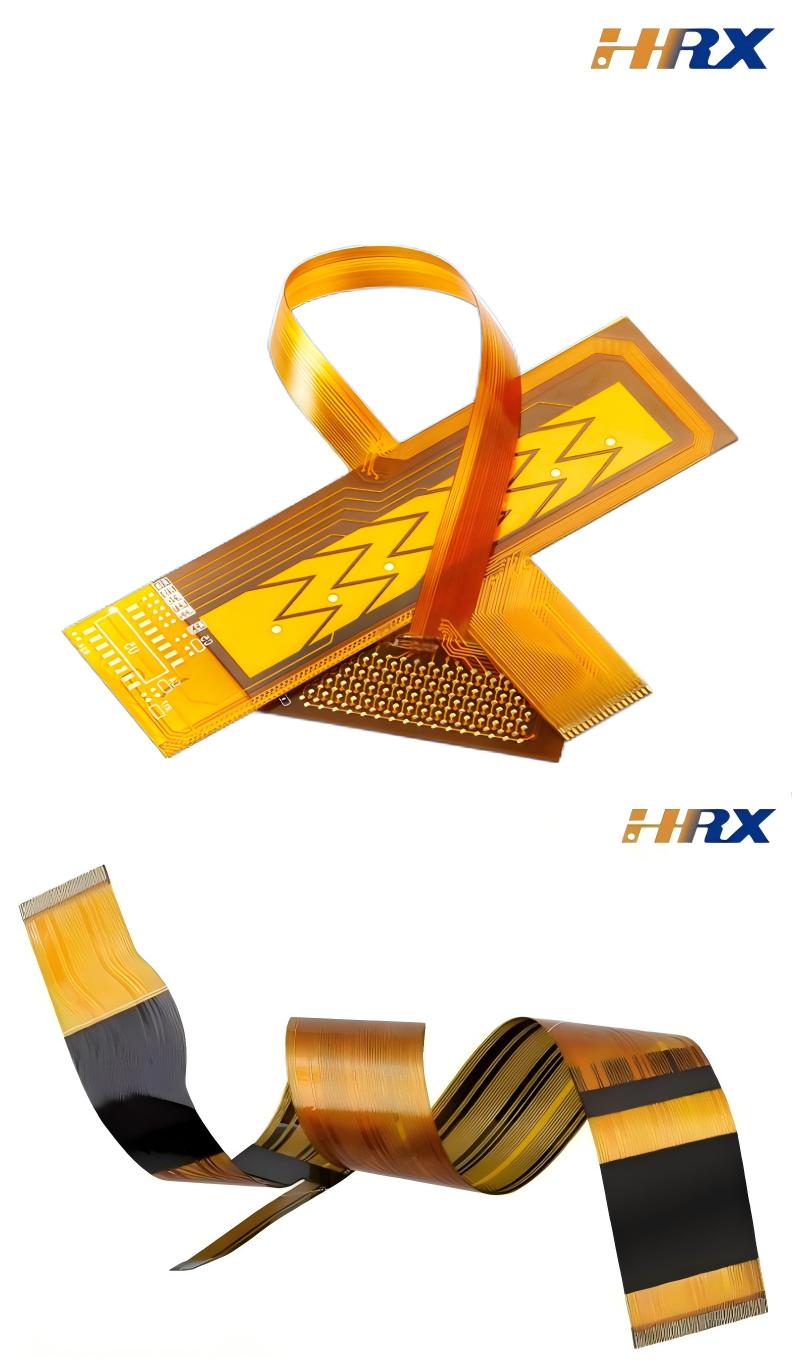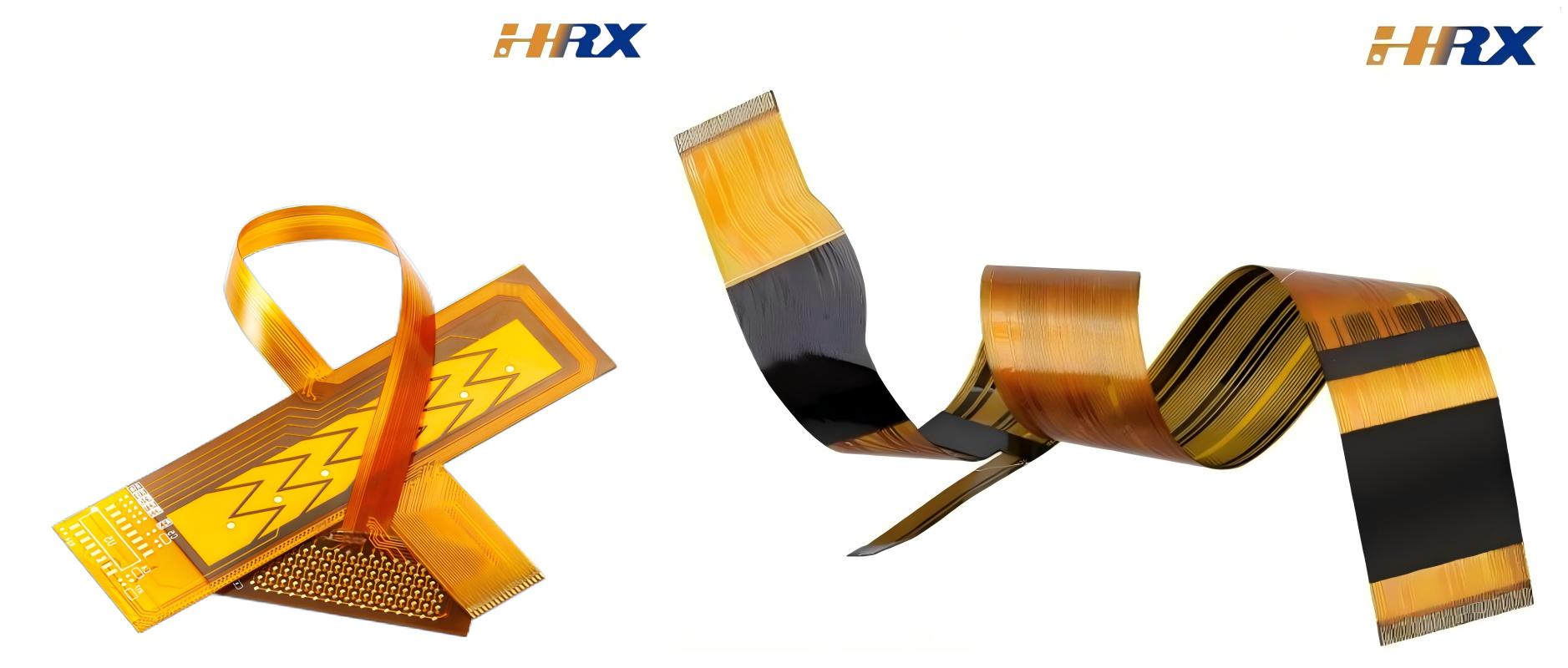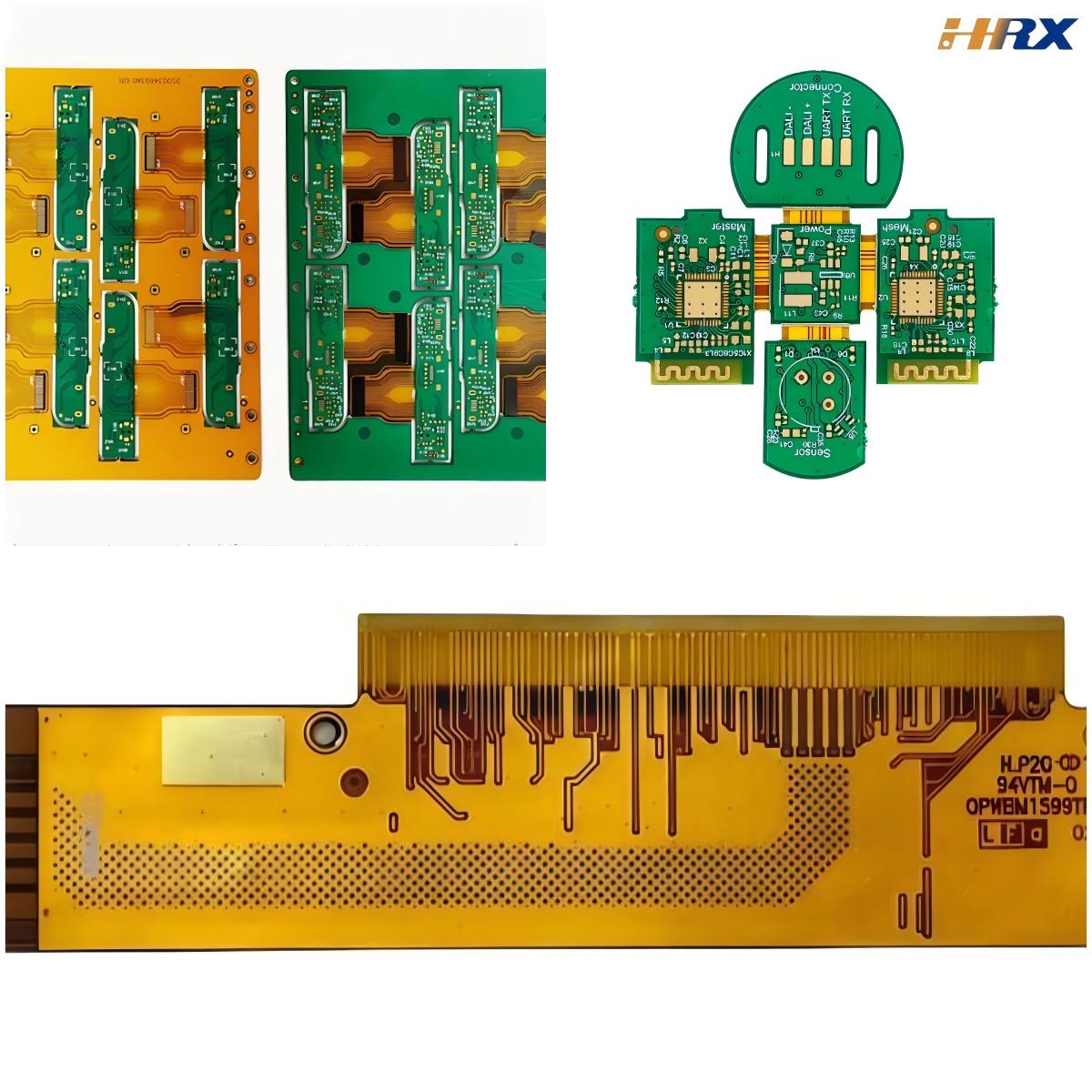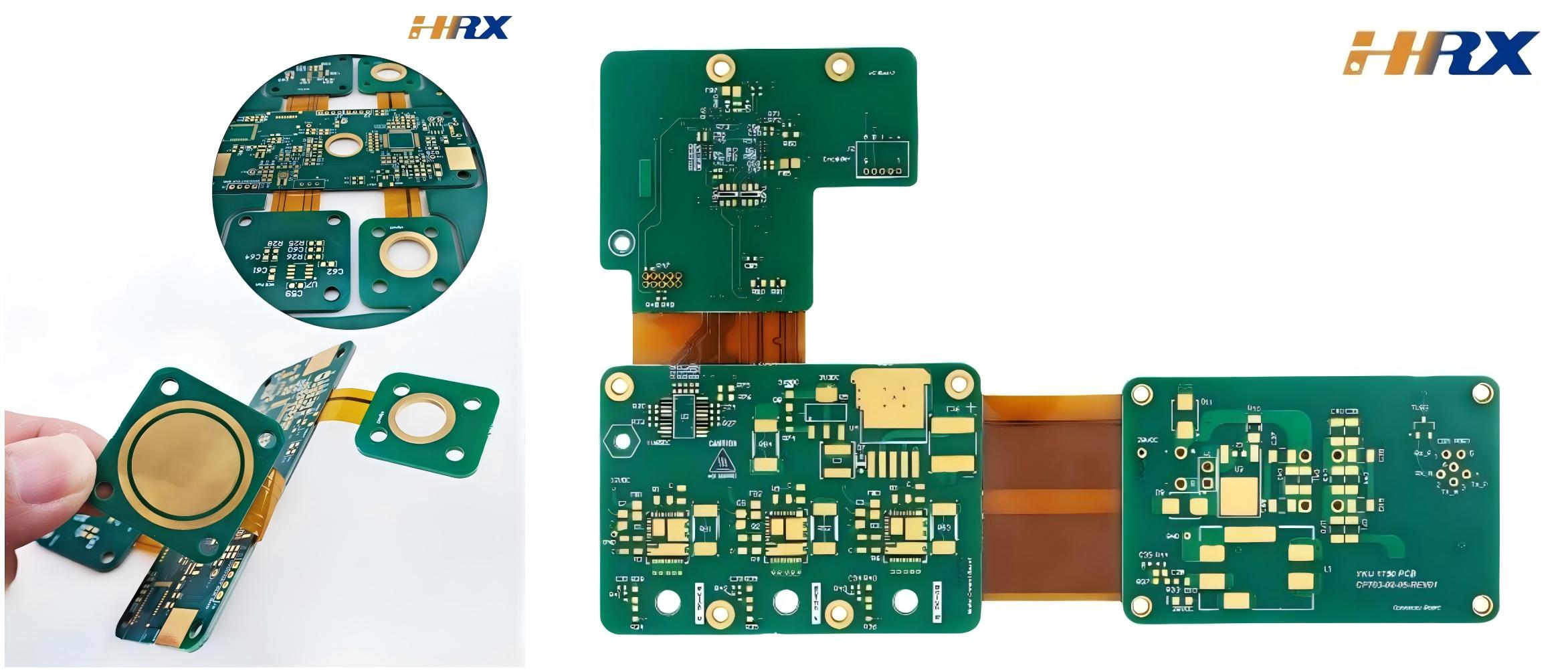Search
FPC, PCB & Rigid-Flex Board Solderability Failure: Top Causes, Testing Tips, and Huaruixin’s OEM/ODM Solutions
- Oct 11,2025
-
Share
Solderability is a make-or-break performance indicator for Flexible Printed Circuits (FPC), Printed Circuit Boards (PCB), and rigid-flex boards—especially in high-reliability industries like automotive, aerospace, and consumer electronics. Poor solderability leads to costly defects: cold joints, solder voids, and premature product failure, which erode customer trust and manufacturing efficiency. As a global FPC OEM/ODM and PCB manufacturing specialist, Shenzhen Huaruixin Electronics Co., Ltd. leverages decades of expertise to diagnose, prevent, and resolve solderability issues. This blog breaks down the root causes of solderability failure, critical quality control steps, and how Huaruixin’s tailored solutions elevate FPC/PCB reliability—optimized for engineers, procurement teams, and quality managers searching for actionable insights.

1. Primary Causes of Solderability Failure in FPC, PCB, and Rigid-Flex Boards
Solderability failure rarely stems from a single issue; it typically arises from gaps in material selection, process control, or storage. Below are the highest-impact causes (prioritized by frequency in Huaruixin’s factory audits):
1.1 Plating Layer Defects (Most Prevalent)
Inadequate plating thickness: Thin coatings of solderable finishes—such as ENIG (Electroless Nickel Immersion Gold), HASL (Hot Air Solder Leveling), or OSP (Organic Solderability Preservative)—are depleted during reflow soldering, exposing copper substrates and preventing proper wetting. For FPCs, this risk is amplified by flex cycling, which can crack thin platings.
Plating composition anomalies: Impurities (e.g., excess phosphorus in ENIG nickel layers, uneven tin-lead ratios in HASL) disrupt solder alloy formation, leading to dewetting or brittle joints.
Post-plating oxidation: Poor passivation (e.g., incomplete OSP curing for PCBs) allows oxygen/moisture to react with finishes, forming oxide films that block solder adhesion.
1.2 Surface Contamination (Critical for FPCs)
Residue buildup: Unremoved flux residues (from FPC solder mask application), adhesive residues (common in rigid-flex board lamination), or cleaning agent residues create non-wettable surfaces. FPCs are particularly vulnerable here, as their flexible Polyimide (PI) substrates can trap residues in micro-crevices.
Organic/inorganic contaminants: Fingerprints (oils), dust, or ionic contaminants (from improper PCB washing) degrade solderability over time—even if boards appear visually clean.
1.3 Base Material Flaws
Moisture absorption in substrates: PCB substrates (FR-4, CEM-1) and FPC PI films absorb moisture in high-humidity environments (>60% RH). During reflow soldering (220–260°C), moisture vaporizes, causing substrate delamination or solder voids—indirectly ruining joint integrity.
Poor substrate surface treatment: Inadequate roughening of PCB/FPC substrates (e.g., insufficient micro-etching for copper cladding) weakens the bond between the substrate and plating layer, leading to solder joint peeling.
1.4 Storage & Environmental Mismanagement
Suboptimal storage conditions: Exposure to temperature fluctuations (>25°C) or direct sunlight accelerates OSP degradation and ENIG oxidation. For rigid-flex boards, temperature swings can also cause warping, which disrupts solder paste alignment.
Exceeded shelf life: Even with vacuum packaging, FPCs/PCBs have a limited shelf life: OSP-finished boards (6 months), ENIG-finished boards (12 months), and rigid-flex boards (8 months) due to their hybrid structure.
2. Critical Considerations for Solderability Quality Assurance
To mitigate failure risks, manufacturers must embed these non-negotiable practices into their workflow—aligned with IPC standards (IPC-6012 for PCBs, IPC-2223 for FPCs):
2.1 End-to-End Process Control
Real-time parameter monitoring: Track plating current/duration (ensures ±5% thickness tolerance), reflow soldering profiles (peak temp, dwell time), and FPC flex tension (prevents plating cracks). Huaruixin uses AI-powered process control systems to flag deviations before defects occur.
Rigid-flex-specific safeguards: Use specialized fixtures during lamination and plating to avoid flexing, which can damage the solder mask and expose copper.
2.2 Industry-Standard Testing Protocols
Quantitative tests:
Wetting balance test: Measures solder wetting speed and force (per IPC-J-STD-002) — the gold standard for FPC/PCB solderability.
Solder ball test: Evaluates ENIG finish reliability by assessing solder ball adhesion (critical for BGA components on PCBs).
Qualitative tests:
2D/3D AOI (Automated Optical Inspection): Detects plating defects, residue, and oxidation with 99.9% accuracy.
Solder joint pull/shear test: Validates mechanical strength (per IPC-TM-650) to ensure durability in flexing applications (e.g., FPCs in wearable devices).
2.3 Strategic Supply Chain Collaboration
Strict IQC (Incoming Quality Control): Inspect raw materials via X-ray fluorescence (XRF) for plating composition, and moisture analyzers for substrate moisture content. Reject batches that fail IPC-A-610 criteria.
Certified supplier partnerships: Work only with IPC-610 compliant substrate (e.g., Dupont PI films) and plating chemical (e.g., Atotech ENIG solutions) suppliers to ensure consistency.
3. Huaruixin’s Professional Solutions for Solderability Challenges
As a trusted FPC OEM/ODM and PCB manufacturer for global clients (e.g., automotive, medical), Huaruixin addresses solderability issues through a systematic, client-centric approach—designed to boost yield and reduce rework:
3.1 Rigorous Raw Material Validation
Supplier qualification: We only partner with IPC-certified suppliers and conduct annual audits to verify their process stability. For FPCs, we source PI substrates with low moisture absorption (<0.3%) to minimize soldering voids.
Dual-layer inspection: In-house XRF testing (for plating thickness) + third-party lab certification (for critical projects, e.g., aerospace PCBs) eliminate substandard materials.
3.2 FPC/PCB-Specific Process Optimization
Plating precision: Our automated plating lines for FPCs use pulse plating technology to ensure uniform ENIG/HASL coatings—even on complex rigid-flex board geometries.
Moisture management: Pre-soldering baking (125°C for 4–8 hours, adjusted by substrate type) removes absorbed moisture. For FPCs, we use vacuum baking to avoid PI film warping.
Residue-free cleaning: Ultrasonic cleaning (40kHz) + IPA vapor degreasing for FPCs removes adhesive/flux residues without damaging flexible layers—critical for wearable device FPCs.
3.3 Comprehensive Testing & Traceability
In-house lab capabilities: Equipped with Nordson DAGE wetting balance testers, YXLON X-ray inspectors, and Instron pull-shear testers to cover 100% of solderability-related tests.
Full traceability: Each FPC/PCB batch has a digital record (process parameters, test results) accessible via our client portal—enabling quick root-cause analysis if issues arise.
3.4 Customized Technical Support
Pre-production design optimization: Our engineers collaborate with clients to adjust pad size (for FPCs, 0.1mm minimum to improve wetting) and finish type (e.g., ENIG for high-temperature PCBs, OSP for cost-sensitive consumer FPCs).
On-site troubleshooting: For urgent issues, our team provides remote or on-site support to resolve solderability problems (e.g., reflow profile adjustment) within 48 hours.
3.5 R&D for Next-Gen Solderability
We invest 8% of annual revenue in R&D to develop solutions like lead-free ENEPIG (Electroless Nickel Electroless Palladium Immersion Gold) finishes for high-reliability FPCs, and moisture-resistant rigid-flex boards for automotive under-hood applications.

Conclusion
Solderability failure in FPC, PCB, and rigid-flex boards is preventable with targeted cause analysis, IPC-aligned process control, and specialized expertise. As a global FPC OEM/ODM and PCB manufacturing leader, Huaruixin integrates these principles into every step—from material selection to final testing—to deliver boards that meet the strictest solderability standards.
If you’re seeking custom FPC OEM solutions, PCB solderability optimization, or rigid-flex board manufacturing support, contact us today:
Website: www.hrxfpc.com (explore FPC/PCB case studies and industry resources)
Email: sales@hrxfpc.com (request a technical consultation or project quote)Let’s collaborate to build reliable, high-performance circuits—backed by Huaruixin’s proven solderability expertise.

Let’s talk! We’ll provide the perfect solution for you!
-
 Huaruixin Electronics mainly produces printed circuit boards as the core business, to provide customers with one-stop solutions for FPC/PCB production, components sourcing and Assembly.
Huaruixin Electronics mainly produces printed circuit boards as the core business, to provide customers with one-stop solutions for FPC/PCB production, components sourcing and Assembly. - WHAT WE DO — PCB Design Solutions — Flex PCB Production — Components Sourcing — FPC&PCB Assembly
- PRODUCTS — Single Sided Flexible Circuits — Double Sided Flexible Circuits — Multilayer Flexible Cirucits — Rigid-Flex Circuits — FPC Assembly — PCB Assembly
- CAPABILITY — FPC Capability — Rigid-Flex Capability — PCB Capability — Assembly Capability
- Copyright © 2024 Shenzhen Huaruixin Electronics Co., Ltd. All Rights Reserved.
- Design By BONTOP


